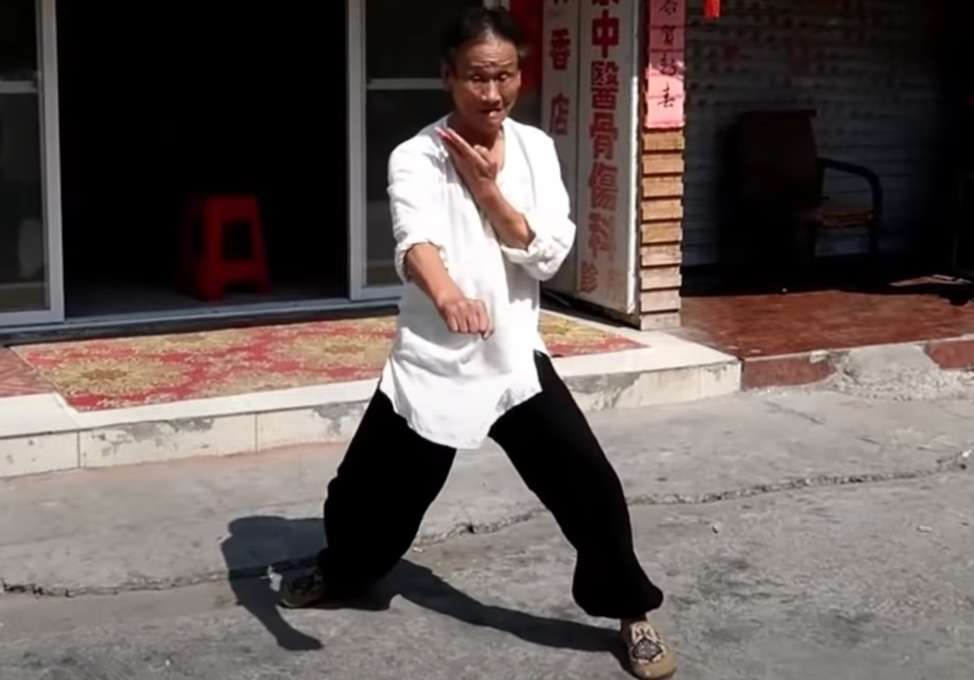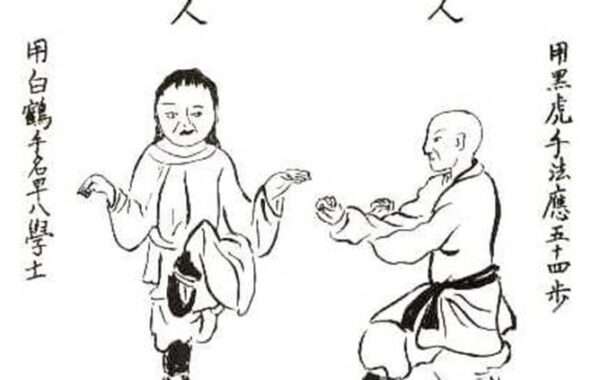The main styles of Karate.
Preceding this article, you will find three articles that offer valuable insights. The first, labelled “The life and history of Bodhidharma”, extensively explores Bodhidharma’s life and his arrival in Henan Province, China. The second article, “Bodhidharma and martial arts” delves into Bodhidharma’s profound understanding of martial arts. The final article delves into “The History of Incense Shop Boxing”.
Now, let’s explore the captivating journey of Karate, a martial art that took root in challenging times, merged diverse styles, and emerged as a symbol of strength and self-defense. Imagine this: the Shaolin Temple in Henan Province facing a dire situation, engulfed in flames. Monks dispersed, seeking refuge in Fujian province’s towns and incense shops. It’s here that the seed of Karate was planted, dubbed “Incense Shop Boxing,” a true testament to tenacity.

Karate’s essence is a blend of two powerful forces: the Southern Monk Fist, also known as “Incense Shop Boxing,” and the graceful “Fujian White Crane.” The former’s determination seamlessly combines with the latter’s elegance, creating a harmonious fusion. But here’s an intriguing twist – the evolution of “Fujian White Crane” was guided by a remarkable woman. Feng Chi Niang, full of spirit, reimagined her father’s teachings into the White Crane style, a martial arts gem featured in Bubishi’s first chapter.

But the journey doesn’t halt there. Envision Okinawan masters embarking on a voyage, crossing seas to Fujian province. They absorbed the essence of Chinese martial arts, returning home brimming with newfound wisdom. Back in Okinawa, an enthralling fusion began to unfold. Okinawan martial arts intertwined with their Chinese counterparts, giving birth to the essence of Karate. Picture the exchange of techniques and philosophies, a true amalgamation of cultures.
Karate goes beyond mere physical techniques. It embodies adaptability, growth, and the pursuit of self-improvement. From its modest beginnings to global recognition, its story spans continents and generations. The narrative of Karate encapsulates the universal appeal of discipline and the relentless quest for self-mastery.
In conclusion, Karate’s narrative weaves together resilience, innovation, and harmony. Its evolution from “Incense Shop Boxing” and “Fujian White Crane” to a worldwide sensation speaks volumes about the enduring journey of self-discovery and excellence.
Thanks for reading.
Gert
